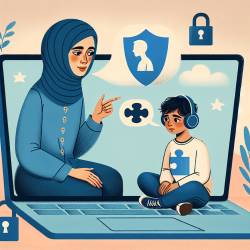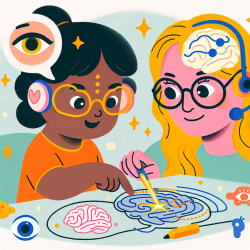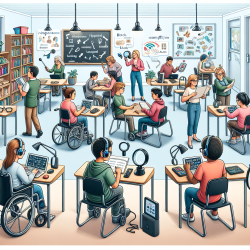Introduction
In the field of speech-language pathology, understanding the dynamics of blame can be crucial for creating effective therapy strategies. The research article "Placing the Blame: What If ‘They’ REALLY Are Responsible?" by Xun Zhou and Sander Gilman offers valuable insights into how blame is assigned and perceived, particularly in the context of pandemics. This blog explores how these insights can be applied to improve outcomes in speech-language pathology, particularly in online therapy settings provided by companies like TinyEYE.
The Dynamics of Blame
The research highlights how blame is often placed on specific groups during pandemics, as seen historically with the Black Death and more recently with COVID-19. This blame can be based on stereotypes and misinformation, leading to stigmatization and discrimination. For speech-language pathologists, understanding these dynamics is essential, as they can impact the therapeutic relationship and the effectiveness of interventions.
Applying Research Insights
Here are some ways practitioners can apply the insights from this research to improve their practice:
- Promote Inclusivity: Be aware of biases and stereotypes that may affect your perception of clients. Ensure that your practice is inclusive and culturally sensitive.
- Enhance Communication: Use clear and factual communication to address any misconceptions or fears clients may have about therapy, particularly in the context of online sessions.
- Foster Trust: Building trust is crucial in therapy. By understanding the dynamics of blame, practitioners can create a safe space for clients to express their concerns without fear of judgment.
- Encourage Further Research: Stay informed about ongoing research in the field of speech-language pathology and related areas. Encourage colleagues to engage with research to continuously improve therapy outcomes.
Conclusion
Understanding the dynamics of blame and how it affects individuals and communities can significantly enhance the practice of speech-language pathology. By applying the insights from the research article "Placing the Blame: What If ‘They’ REALLY Are Responsible?", practitioners can improve their therapeutic approaches and outcomes. For those interested in exploring the original research paper, please follow this link: Placing the Blame: What If “They” REALLY Are Responsible?










